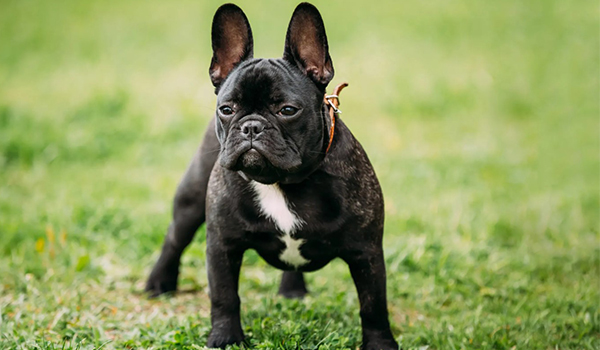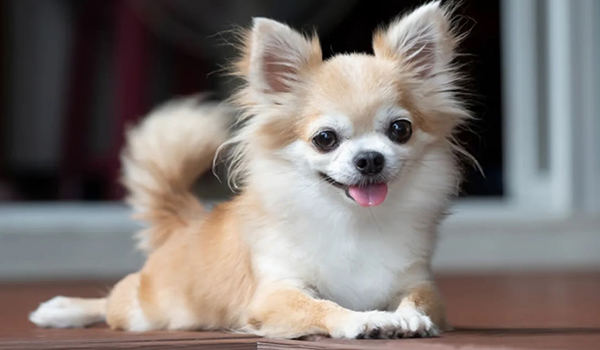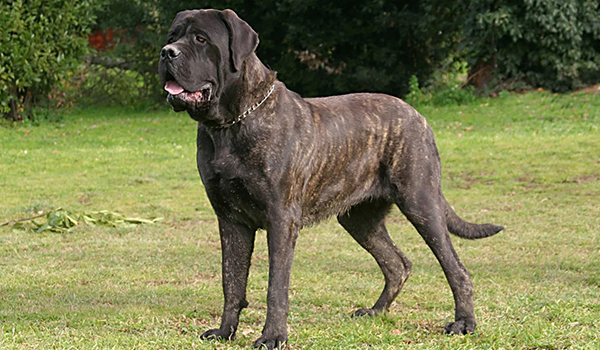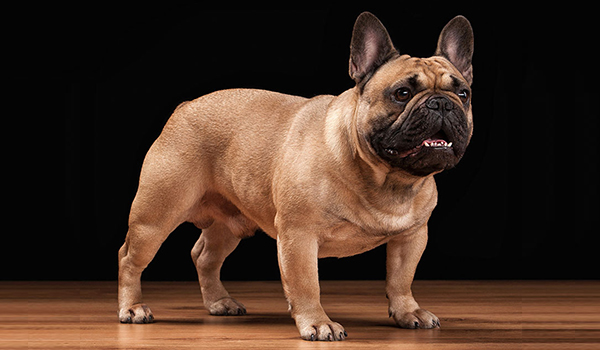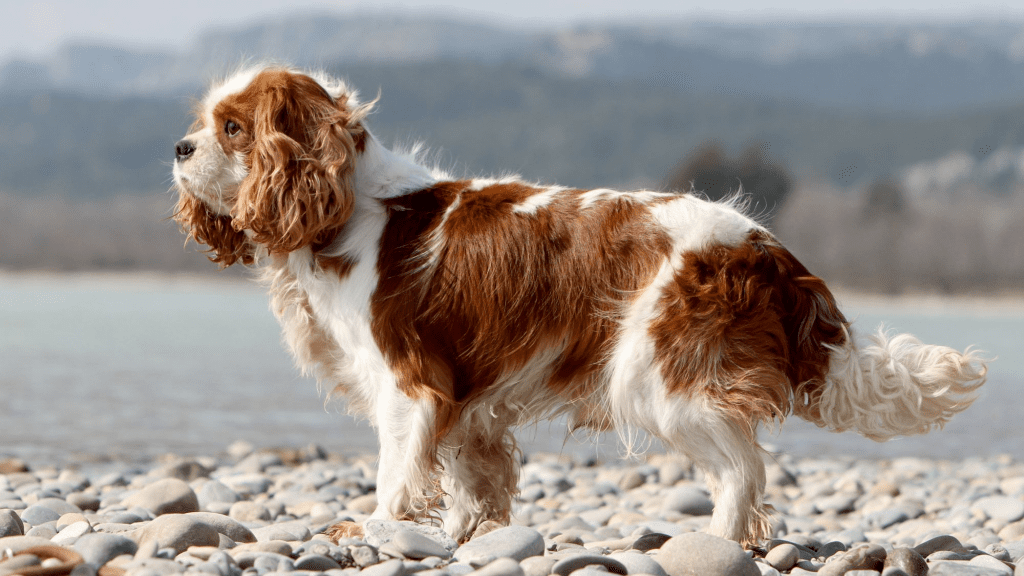
The Cavalier King Charles Spaniel is the embodiment of a lapdog with a sporting heart. With their large, dark, meltingly expressive eyes, soft silky coat, and gentle, joyful demeanor, they are the very picture of aristocratic affection. Renowned for their adaptable and loving nature, they have rightfully earned a reputation as one of the most charming and affectionate companion breeds in the world.
This comprehensive guide will explore everything a future owner needs to know about the Cavalier King Charles Spaniel, from their royal history to their specific health considerations, to help you decide if this gentle soul is the perfect addition to your family.
Breed Overview
- Group: Toy
- Height: 12 – 13 inches (at the shoulder)
- Weight: 13 – 18 pounds
- Life Span: 9 – 14 years
- Coat: Long, silky, and soft, with feathering on the ears, chest, legs, and tail. It comes in four distinct color patterns: Blenheim (chestnut and white), Tricolor (black, white, and tan), Black & Tan, and Ruby (solid red).
A Brief History: The Royal Companion
The Cavalier’s history is intertwined with European royalty. Their ancestors were small toy spaniels seen in countless royal portraits from the 16th to 18th centuries, serving as cherished companions and “comforters” to nobility, including King Charles II, who gave the breed its name. These dogs were bred for companionship above all else.
In the early 20th century, a desire to return to the older, longer-nosed spaniel depicted in those classic paintings led to the development of the modern Cavalier King Charles Spaniel, distinguishing it from the flatter-faced King Charles Spaniel (English Toy Spaniel). The breed was officially recognized by the AKC in 1995 and has since soared in popularity.
The Cavalier King Charles Spaniel Temperament: The Ultimate Companion
The Cavalier’s temperament is its greatest asset. They are true companion dogs, bred for centuries to be loving and agreeable.
- Affectionate & Gentle: Cavaliers are quintessential “love sponges.” They are incredibly sweet-natured, gentle, and crave human contact. They are known for their habit of gazing adoringly into their owner’s eyes, a trait that has been linked to the “love hormone” oxytocin.
- Friendly & Gregarious: They are typically outgoing and friendly with everyone they meet—strangers, children, and other dogs alike. They have no guard dog instincts and are more likely to greet an intruder with a wagging tail.
- Playful Yet Calm: They possess a happy, playful spirit and enjoy a good game, but they are equally content to curl up on a lap for hours. This makes them adaptable to both active and quiet households.
- Eager to Please: They are highly trainable due to their strong desire to please their owners. They respond excellently to positive reinforcement and gentle guidance.
- Athletic for their Size: Despite being a toy breed, they retain the sporting instincts of their spaniel ancestors and enjoy walks, gentle hikes, and exploring in a secure yard.

Caring for Your Cavalier King Charles Spaniel
Exercise: Moderate and Enjoyable
Their exercise needs are manageable and enjoyable for most owners.
- Daily Requirements: 30-60 minutes of daily activity is sufficient. This can be broken into a couple of leisurely walks and some indoor play.
- Mental Stimulation: They enjoy puzzle toys, learning new tricks, and simply being involved in family activities. Their primary need is companionship.
Grooming: Regular but Rewarding
Their beautiful coat requires consistent but not overly complex care.
- Brushing: Brush 2-3 times a week with a slicker brush and a metal comb to prevent tangles in the feathering. Pay special attention to the ears, chest, and behind the legs.
- Professional Grooming: Many owners opt for a professional trim every 4-6 weeks to keep the feathering neat and manageable, often in a “puppy cut” for easier maintenance.
- Ear Care: Their long, floppy ears are prone to infections. Check and clean them weekly with a veterinarian-recommended solution.
- Other Needs: Regular teeth brushing (vital for this breed), nail trimming, and keeping the hair between the foot pads trimmed.
Training: A Joyful Experience
Training a Cavalier is generally a pleasure due to their intelligence and willingness to please.
- Start Early: Begin socialization and puppy training early. While they are naturally friendly, positive exposure ensures a well-rounded dog.
- Positive Reinforcement: They are sensitive souls who thrive on praise, treats, and play. Harsh methods are unnecessary and counterproductive.
- Focus on Key Skills: Besides basic obedience, their recall can be good, but their spaniel instincts may lead them to follow an interesting scent, so a secure area is still best.
- Housetraining: Can be typical for a small breed. Consistency and a regular schedule are key.
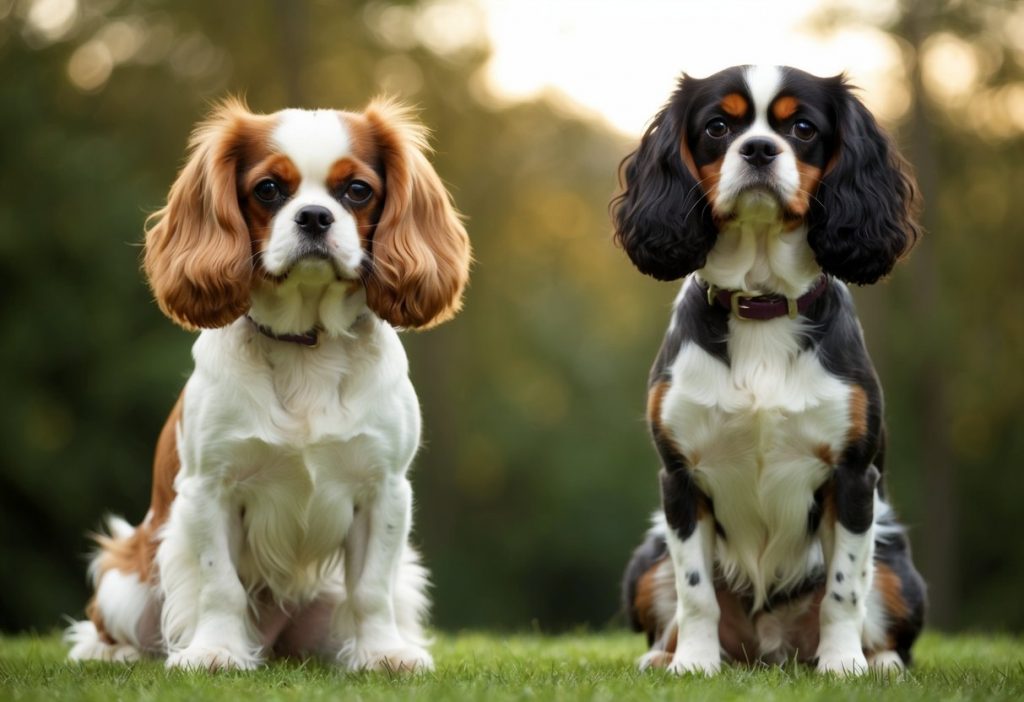
Health: What to Be Aware Of
This is the most critical section for a potential Cavalier owner. The breed is unfortunately plagued by two serious, prevalent genetic conditions. Choosing a breeder who prioritizes health is paramount.
- Mitral Valve Disease (MVD): This is a devastating and widespread heart condition in the breed. By age 5, a significant percentage of Cavaliers will have a heart murmur indicative of MVD, which often leads to congestive heart failure. Reputable breeders will have their breeding dogs’ hearts screened annually by a veterinary cardiologist and will not breed dogs with early-onset MVD. All Cavalier owners should have their dog’s heart checked annually.
- Syringomyelia (SM): A serious neurological condition where the brain is too large for the skull, causing fluid-filled cavities to form in the spinal cord. This can cause neck scratching (often at the air), pain, and weakness. Reputable breeders MRI their breeding dogs to ensure they are clear of this condition.
- Hip Dysplasia: Can occur even in small breeds.
- Eye Conditions: Such as cataracts and dry eye.
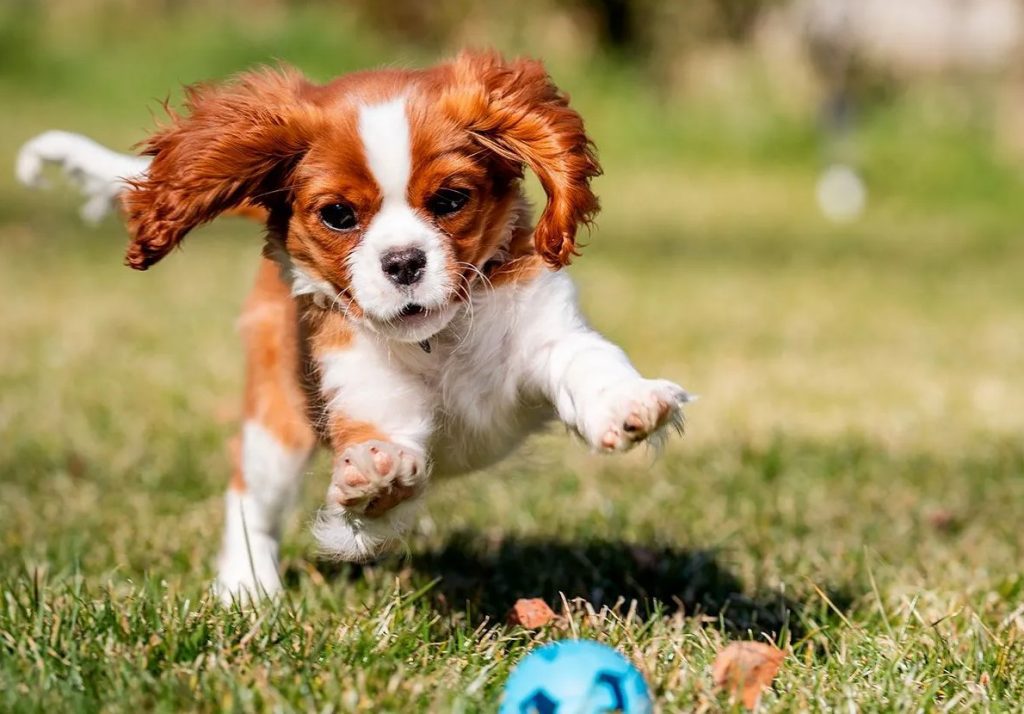
Is a Cavalier King Charles Spaniel Right For You?
A Cavalier King Charles Spaniel might be your perfect match if you:
- Want a loving, affectionate, and gentle companion that thrives on human contact.
- Are looking for a friendly, adaptable dog that gets along with everyone.
- Lead a lifestyle that allows for a good amount of time at home (they hate being left alone for long periods).
- Are prepared for the potential heartbreak and financial cost of serious health issues and are committed to proactive veterinary care.
You might want to reconsider if you:
- Are seeking a low-maintenance breed in terms of grooming and health care.
- Want a long-lived breed with robust health (their lifespan can be shortened by MVD).
- Are away from home for long, regular hours.
- Are unprepared for the emotional and financial commitment of potential health issues.
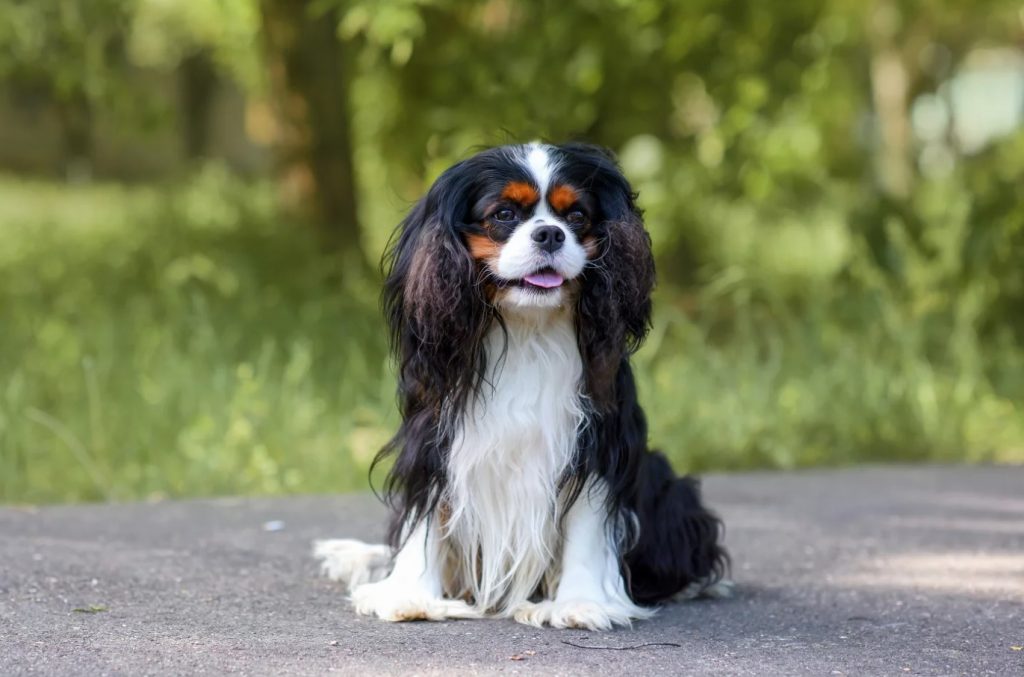
Finding Your Cavalier King Charles Spaniel
- Reputable Breeders: This is non-negotiable. A responsible breeder will be transparent and provide:
- Heart Clearances: Annual cardiologist reports for MVD for both parents, going back several generations.
- SM Clearances: MRI scans proving the parents are clear of Syringomyelia.
- OFA Hip & Patella Certifications.
- They will be passionate about improving the breed’s health.
- Rescue & Shelters: Cavalier-specific rescues are very active. Many dogs are surrendered due to owners being unprepared for their health issues or changing life circumstances. Adopting an adult can be a wonderful, compassionate choice.
Understanding the Cost: The initial purchase price from an exceptionally health-conscious breeder in the U.S. is high, typically $2,000 to $4,000+, due to the extensive and expensive health testing. The lifetime cost of ownership must include budgeting for regular cardiac ultrasounds, potential medication for MVD or SM, and other veterinary care. Pet insurance is highly, highly recommended.
Bringing a Cavalier King Charles Spaniel into your life means welcoming a piece of living elegance and unwavering love. In return for your care and devotion, you will receive a lifetime of affection from a dog whose entire purpose is to be your most loyal and loving friend.

